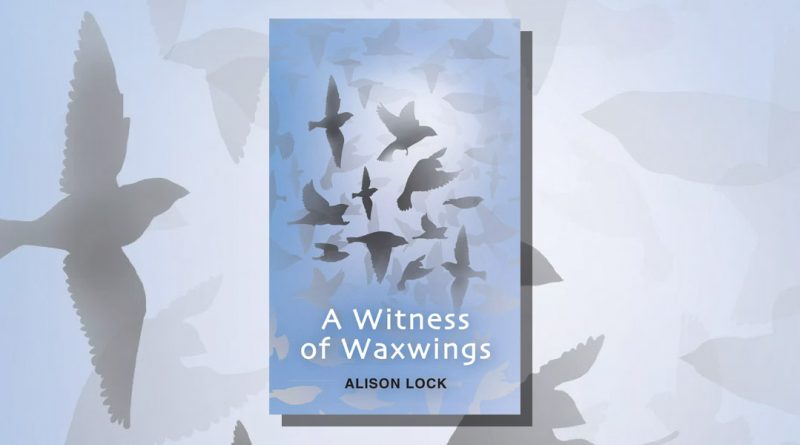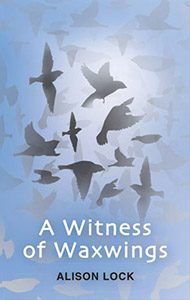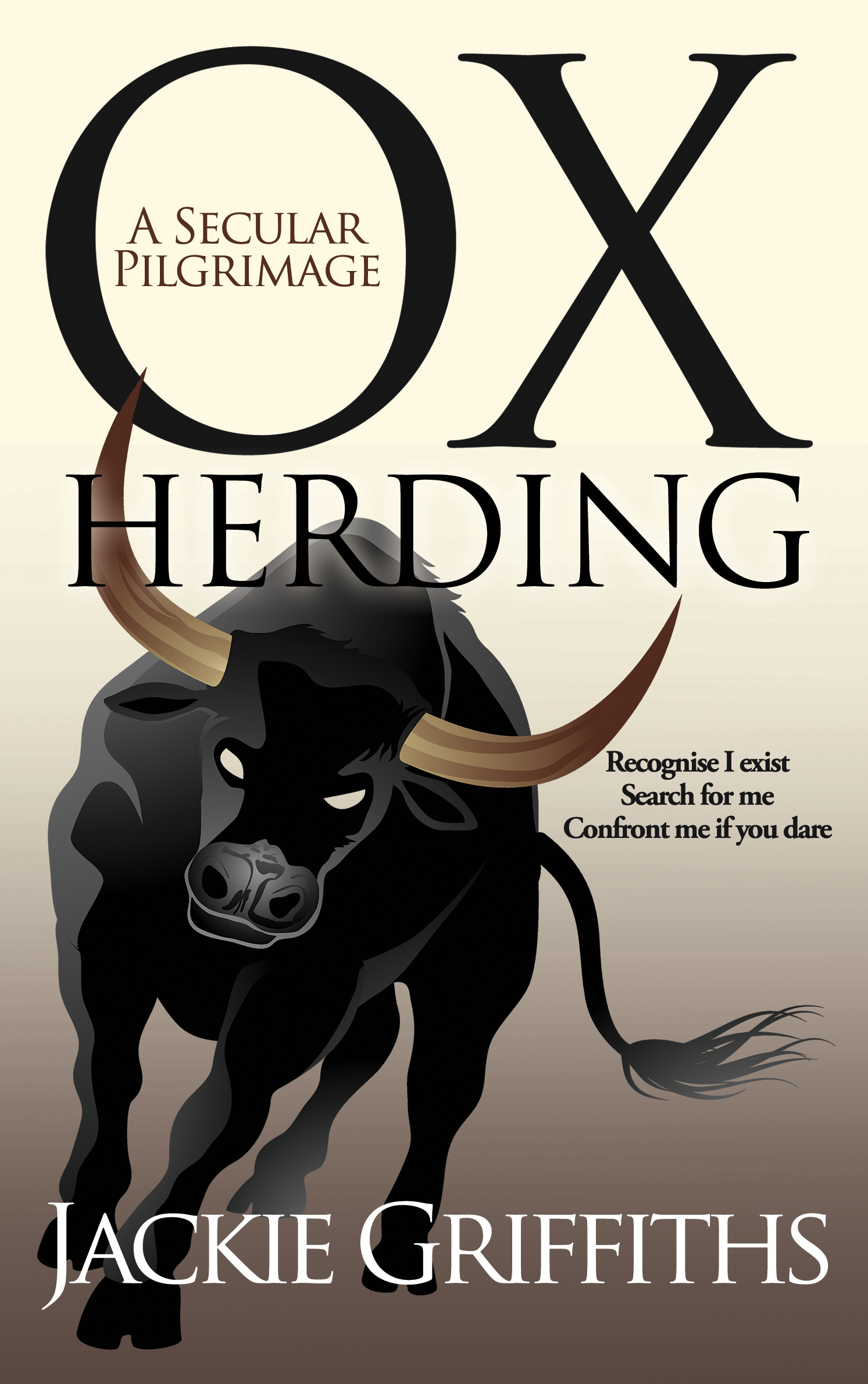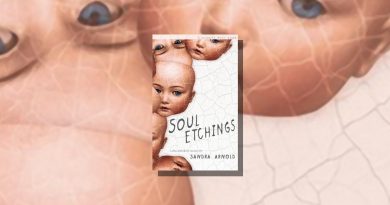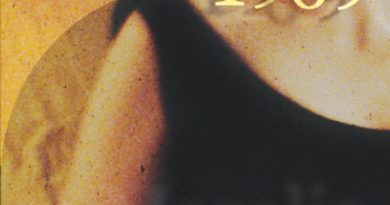A Witness of Waxwings by Alison Lock
– Reviewed by Cath Barton –
There are elemental forces writ large in Alison Lock’s collection of short stories, especially the sea, and the tides which turn, inexorably. And fluidity is sewn through these stories, in terms of memory and meaning as well as water.
The author identifies first as a poet, and this is clear from the way she employs images. ‘Into the Blue’, a story of a woman’s entrapment in different ways at different times in her life, opens with an image of a bee “trapped behind the curtains – its silhouette circles the head of a printed flower.” Trapped now by the confusions of old age, Edith recalls her brief feeling of freedom when, pregnant, she was able to float on her back in a sunlit pool.
Water though, is also an entrapment. It claimed Glen’s sister in ‘There is No Birdsong‘, even though she was a confident swimmer. And the memories threaten to engulf him. The burden of memory of past pain is palpable in many of the stories. Time cycles. As Glen, decades on, revisits the lake where his thirteen-year-old sister drowned, it is as if he is back in that time:
“He is watching his sister as she swims across the lake towards the dark of the overhang. ‘Laura!’ he cries, but his voice echoes back at him, swallowed in the distance, a lonely child’s voice, unanswered.”
The hazards of the sea are explored in ‘Rip Tide‘, where time can move with the speed of the tide; Julie’s young daughter disappears from sight on the expanse of the sands and appears again as a teenager, or so it seems. The image of the tide turning recurs in ‘Sea Level‘, in which the rural Scottish ritual of ‘blackening’ a man and the myth of the Selkie, things “as potent as nature”, circle a wedding feast.
Lock’s stories are beautifully constructed, although now and again I found the density of detail overwhelmed the central thrust of a story. The notion explored in ‘Clock, Time, Stop‘ that inanimate objects can become imbued with the essence of people who have touched them is a fascinating one, but for me lost some clarity in the telling. On the other hand I feel Lock gets the balance just right in ‘The Dissonance‘, all the vibrant sounds and colours of festival contrasting with the creaking movements of grotesque manikins in the clock tower and the accompanying threat that time may stop and disaster ensue.
Interspersed between the short stories are a number of flashes, windows onto different aspects of life. ‘Wink‘, which opens the collection, is itself about an opening, a perfect miniature capturing a moment in a yoga class. In the title story, a woman’s personal journey is mirrored by – and intersects with – the migration of waxwings. ‘Carapace‘ is a vignette about the nature of fascination, here with the past, and what remains of it, an ancient creature’s fossilised shell. In ‘Gestation‘, a childless woman endures anguish around the dinner table; she wears a necklace of amber – “fulgid buds” containing suspended light and life. Later, alone:
“..she takes a single bead and places it into her mouth, letting it warm on her tongue. As each sealed cell melts, she feels the flutter.”
Time after time in this collection it is the watery environments that carry the metaphors – the lobsters that claw like memory in ‘Creels‘, the trucker on a cross-Channel ferry confronting the horror of what happened on a crossing of a different sea when he was ten years old in ‘A Wake in the Water‘, and the way that Zabrina, the girl spawned in the river in ‘Sprite‘, is totemic in her family.
These are stories that reward repeated readings. For me their strength comes from Lock’s poetic sensibility, which enables her to illuminate the mysterious in life, the way that our early losses mark us for life and the reality that nothing is ever simple.
A Witness of Waxwings was longlisted for the Saboteur Awards short story collection category in 2018.
Find out more about A Witness of Waxwings on the Cultured Llama website.

Reviewed by Cath Barton — Cath Barton’s prize-winning novella The Plankton Collector (2018) is published by New Welsh Rarebyte and her second novella, In the Sweep of the Bay (2020), by Louise Walter Books. Cath is also active in the on-line flash fiction community.
Photo © Toril Brancher
Twitter: @CathBarton1 | Website: cathbarton.com

